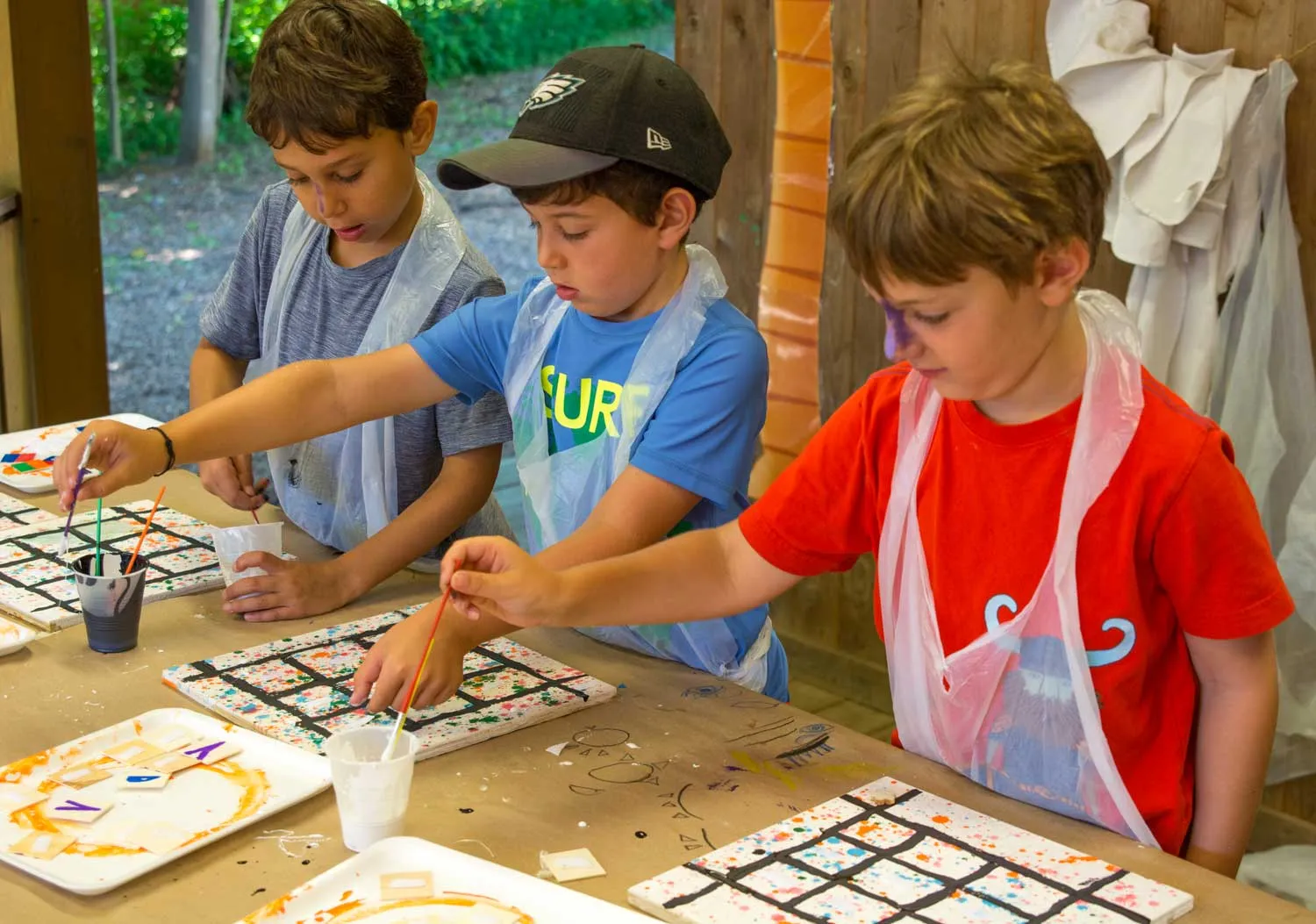Creating lessons that meaningfully engage neurodiverse learners requires intentional design, flexibility, and ongoing assessment. An adaptive curriculum meets learners where they are, providing multiple pathways to access content, demonstrate understanding, and stay motivated. Here’s how to design one in five essential steps.
1. Conduct a Learner Profile Audit
Gather data on students’ strengths, challenges, and preferences. Use surveys, IEP/504 plans, and observations to understand needs related to attention, sensory processing, language, and motor skills.
2. Define Clear, Measurable Objectives
For each lesson, set “I can” statements that break down complex goals into achievable steps (e.g., “I can identify the main idea in a paragraph”). Share these objectives with students to build ownership and focus.
3. Incorporate Multiple Means of Representation
- Visual Supports: Infographics, anchor charts, and color-coded notes.
- Audio Resources: Podcasts, read-alouds, and captioned videos.
- Hands-On Materials: Manipulatives, models, and interactive whiteboard activities.
4. Offer Choices in Expression
Allow students to show what they know through varied formats: written reports, oral presentations, multimedia projects, or art-based interpretations. Clearly map each option to the learning objective.
5. Embed Formative Assessment & Feedback
Use quick checks—exit tickets, digital quizzes, peer reviews—to gauge understanding. Provide prompt, specific feedback and adapt upcoming lessons based on data.
Teacher Tips for Success
- Collaborate with Specialists: Co-plan lessons with special educators and speech therapists for deeper insights.
- Leverage Technology: Platforms like Google Classroom and Nearpod can differentiate content and track progress.
- Build a Flexible Environment: Arrange seating zones, offer sensory tools, and allow movement breaks.
Outcomes:
An adaptive curriculum not only supports neurodiverse learners but benefits all students by fostering engagement, autonomy, and deeper learning. When educators design with diversity in mind from the start, differentiation becomes seamless rather than an afterthought.

